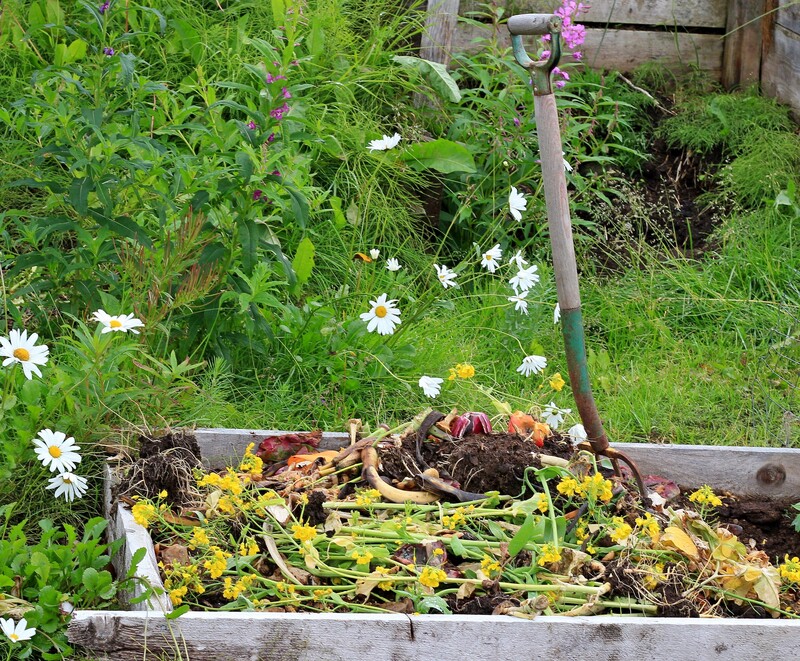The Legacy of Waste Management Techniques Since Antiquity
Waste management is a fundamental aspect of human societies, lying at the intersection of public health, environmental stewardship, and technological advancement. Throughout the annals of history, methods of disposing and treating waste have undergone profound transformations. This comprehensive article explores the legacy of waste management techniques since antiquity, highlighting the evolution of ideas, tools, and cultural attitudes towards waste from prehistoric times to the present. By understanding this legacy, we not only appreciate the ingenuity of our ancestors but also gain a roadmap for more sustainable futures.

The Origins of Waste Management: Prehistoric and Ancient Practices
Prehistoric Societies and Early Disposal Methods
Before the rise of cities and organized governments, ancient humans faced the challenge of dealing with their daily refuse. Archaeologists have found middens--large heaps of food waste, shells, bones, and broken tools--near early human settlements, providing the earliest evidence of deliberate waste disposal. These primitive landfills served as both a necessity and a record of human activity.
Key features of prehistoric waste management included:
- Discarding on the periphery: Waste materials were commonly thrown outside living spaces, creating distinct layers that often help date settlements.
- Burning and Scattering: Flammable materials were burned when possible, and ashes scattered, which minimized odors and pests.
- Resource Reuse: Early societies instinctively practiced recycling by repurposing tools, bones, and animal skins.
Ancient Civilizations: Foundations of Organized Waste Management
As societies evolved, so did their waste management techniques. The advent of dense, urban populations created urgent needs for organized waste removal.
- Mesopotamia: Archaeological evidence suggests that ancient cities like Babylon and Ur had street-cleaning systems and designated garbage pits.
- Indus Valley Civilization: Notably advanced, cities like Mohenjo-daro featured covered sewage drains and public baths, demonstrating early concepts of sanitation.
- Ancient Egypt: Waste, especially from food industries, was collected and utilized for agricultural practices such as composting.
- Ancient Greece & Rome: The Greeks placed great importance on cleanliness; in Athens, citizens faced penalties for littering. Romans developed the Cloaca Maxima, a massive sewer system that drained refuse and waste from public latrines into the Tiber River.
The systems established by these civilizations forged a lasting legacy of waste management--one that forms the foundational structure for many modern practices.
Medieval Waste Management: Regression and Reinvention
Challenges in Medieval Cities
Following the fall of Rome, European urban centers often regressed in terms of public health infrastructure. Streets were commonly littered with animal droppings, waste, and refuse. In cities like London and Paris, residents threw garbage and even chamber pot contents onto streets from their windows.
This period exposes the importance of continuous innovation in waste management techniques. When organizational knowledge was lost or neglected, societies became vulnerable to disease--most notably during the Black Death, which was exacerbated by poor sanitation.
Improvements and Early Regulations
Even amidst challenges, medieval society made several advances:
- Street Cleaning Guilds: Some European cities hired "rakers" to remove garbage from streets.
- Designated Dumps: Authorities established specific dumping grounds outside city limits to minimize hazards within city walls.
- Recycling and Reuse: Items like bones, feathers, and old cloth were commonly collected and repurposed by tradesmen.
Industrial Revolution: The Birth of Modern Waste Management
Waste, Health, and Urban Growth
The Industrial Revolution of the 18th and 19th centuries profoundly shaped how societies managed waste. Explosive population growth in cities like London, Paris, and New York led to the surge of domestic and industrial refuse. Open disposal, river dumping, and haphazard collection resulted in widespread pollution and deadly epidemics like cholera and typhoid.
Key milestones from this period include:
- Public Health Acts: Cities introduced regulations mandating waste removal and proper disposal, recognizing that sanitation was crucial for controlling disease.
- Formal Waste Collection: The "dustmen" of London collected ash, dust, and cinders, which were resold or reused in brick manufacturing--a rudimentary circular economy.
- Incineration (Destructors): The first incinerators were built in the late 19th century, aiming to destroy refuse and generate power from waste.
- Early Recycling Efforts: Scrap metals, rags, and glass were collected and sorted for repurposing by specialized merchants.
The Emergence of Sanitary Landfills and Sewer Systems
As populations grew, the need for systematic and large-scale waste management techniques became pressing. Cities began engineering landfills, often with layers of clay to prevent leachate from contaminating groundwater--marking the birth of the modern sanitary landfill. The expansion and modernization of sewer systems further reduced urban exposure to disease and improved overall public health.
20th Century Progress: Diversification and Technology
Advancements in Waste Categorization and Treatment
By the 20th century, economic growth led to new types of waste, including plastics, hazardous chemicals, and electronics. In response, waste management techniques diversified:
- Source Separation: Programs encouraged separating organics, recyclables, and hazardous waste.
- Municipal Solid Waste (MSW) Management: Comprehensive systems involving collection, transfer stations, and integrated treatment facilities were established.
- Composting and Anaerobic Digestion: Organic waste began being converted into soil amendments and biogas.
- Waste-to-Energy Facilities: Incineration units capable of generating electricity gained popularity, especially where land was scarce.
- Hazardous Waste Handling: Regulations for safe storage, transport, and disposal of toxic substances became standardized in developed countries.
Recycling and the Environmental Movement
The explosion of environmental awareness in the 1960s and 1970s reshaped public attitudes and policies. The legacy of waste management since antiquity is particularly evident in the shift from "out of sight, out of mind" to resource recovery and circularity.
- Household Recycling Programs: Curbside pickup of paper, glass, and plastics began in North America and Europe, expanding globally in subsequent decades.
- Waste Minimization Campaigns: These focused on "reduce, reuse, recycle," echoing the ancient practices of resourcefulness.
- Landfill Engineering: Modern landfills became highly regulated, with liners, leachate collection, and gas capture systems to prevent pollution.
- Zero Waste Movements: Some cities and companies have adopted ambitious goals to send no waste to landfill, emphasizing redesign and reuse.

Modern-Day Challenges and The Legacy of Waste Management
E-waste, Plastics, and The Global Waste Trade
The 21st century has introduced new waste management challenges. The proliferation of electronic devices, single-use plastics, and globalization have created streams of waste never before seen. E-waste, for example, contains hazardous materials but also valuable metals. However, processing often occurs in countries where regulations are lax, leading to environmental and health risks.
Current issues include:
- Global Waste Shipments: Many developed countries export recyclables and hazardous waste to developing nations, raising ethical and environmental concerns.
- Plastic Pollution: Single-use plastics clog waterways and oceans, prompting global calls for bans and alternatives.
- Circular Economy Innovations: Inspired by the reuse practices of antiquity, waste management is increasingly being redesigned to mimic natural cycles, promoting sustainable product design and closed-loops.
The Future: Lessons from the Past
The legacy of ancient and modern waste management techniques offers vital lessons for future sustainability:
- Community Engagement: Just as in Greek and Roman societies, modern waste management works best when the public is involved and informed.
- Adaptive Technologies: Technological innovation--clay-lined pits, aqueducts, incinerators--has always driven progress and remains essential for handling new kinds of waste.
- Resourcefulness: The principle of minimal waste, through recycling and reuse, is an ancient strategy made more critical by resource scarcity and environmental limits.
- Integrated Systems: Combining historical learnings with modern science allows us to design waste systems that are robust, scalable, and environmentally friendly.
Conclusion: The Enduring Impact of Waste Management Through the Ages
The story of waste management techniques since antiquity is one of innovation, adaptation, and cultural evolution. From the simple disposal practices of prehistoric societies, through the sophisticated sanitation of ancient civilizations, to the complex, technology-driven systems of today, each era has left its mark.
Our modern challenges with waste--electronic refuse, plastic pollution, and global inequalities--underscore the necessity of learning from the past. The enduring legacy of waste management instructs us to blend community participation, resourcefulness, and technological progress to forge a cleaner, more sustainable world.
By understanding the historical journey of waste management techniques, we uncover not just a record of survival and ingenuity, but also a blueprint for environmental resilience in the centuries to come.



